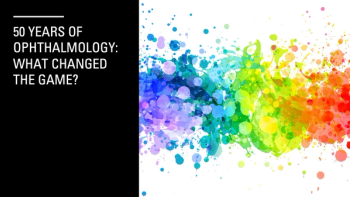
Ophthalmologists discuss the most impactful advancements reshaping patient care over five decades.

Ophthalmologists discuss the most impactful advancements reshaping patient care over five decades.
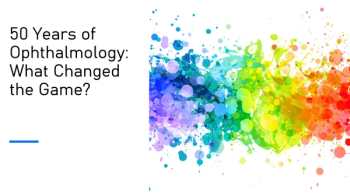
In honor of Ophthalmology Times’ 50th anniversary, anterior segment surgeons attending ASCRS 2025 weigh in on the innovations that defined modern ophthalmology.
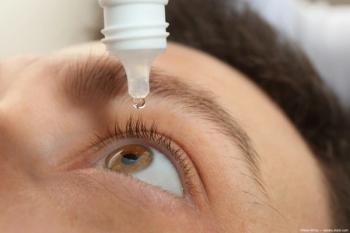
Researchers share that perfluorohexyloctane eye drops offer rapid relief for dry eye disease, enhancing patient comfort before cataract surgery.
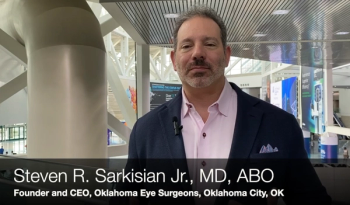
At the 2025 ASCRS meeting, Dr. Sarkisian presented 3-year data on the iDose TR from the FDA clinical trial.
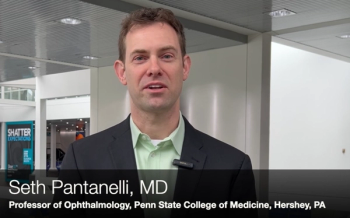
Investigators were surprised by the outcome of a comparison between the Eyhance and enVista IOLs in low-light conditions.
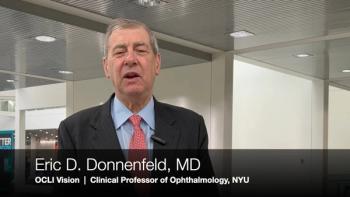
Early improvements in OSDI scores and tear osmolarity reinforce lifitegrast’s role in managing inflammation-driven dry eye disease.

A significant proportion of cataract surgery patients exhibit hyperosmolar tear film both before and 1 month after surgery, underscoring preoperative screening and postoperative management to optimize visual outcomes.

Ayres shares insights on using a trocar-free, 27-gauge vitrector to improve surgeon comfort and patient safety in anterior vitrectomy
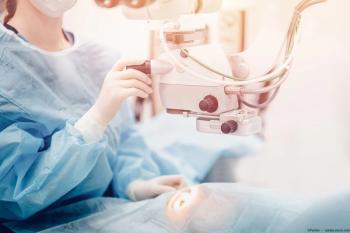

A machine learning model incorporating treated astigmatism and nuanced inputs is advancing the precision and personalization of arcuate keratotomy planning
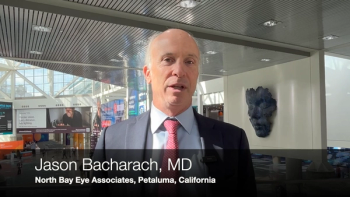
Perfluorohexyloctane demonstrated rapid symptom relief in patients with dry eye, with effects reported as early as 5 minutes after dosing.

Discover how real-world evidence shapes cataract surgery practices, highlighting user satisfaction with enhanced monofocal IOLs at the 2025 ASCRS Annual Meeting.

Discover how dropless cataract surgery enhances patient comfort and outcomes, reducing the need for eye drops and improving recovery efficiency.

Glaucoma management is shifting toward earlier, drop-sparing interventions using sustained drug delivery and advanced laser technologies that improve outcomes and quality of life for both patients and physicians.

Exploring how oral sedation and office-based surgery can enhance efficiency and patient experience
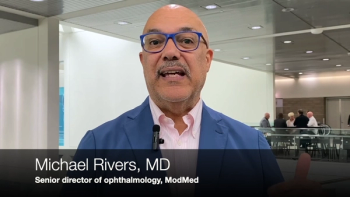
The first SightLine meeting, held pre-ASCRS, reveals insights on physician-industry relationships, mentorship opportunities, and the practical applications of AI in healthcare.

Outcomes from high myopia LASIK using the Teneo laser platform demonstrate strong visual stability and patient satisfaction, with reduced dysphotopsias and minimal reliance on cycloplegia or nomograms.

New research reveals subretinal drusenoid deposits as potential indicators of serious heart disease, highlighting the need for ophthalmologists to screen patients effectively.
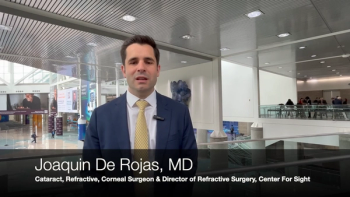
A machine learning model using treated astigmatism and other nuanced inputs can significantly improve the accuracy and personalization of arcuate keratotomy planning
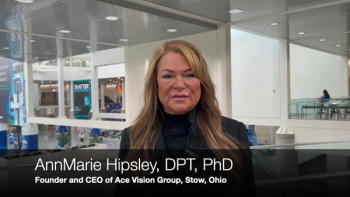
The Virtual Eye Simulation Analyzer is an AI-driven digital twin of the human eye designed to model aging and personalize presbyopia treatment across the lifecycle.
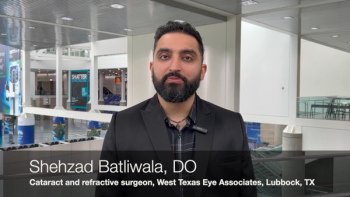
Shehzad Batliwala, DO, known to his patients as Dr. Shehz, appeared on the ASCRS Foundation Symposium, where he discussed performing refractive surgery in low-resource, high-risk areas.

A novel vitrectomy device shows promising safety and efficacy in the targeted removal of symptomatic vitreous opacities in pseudophakic eyes
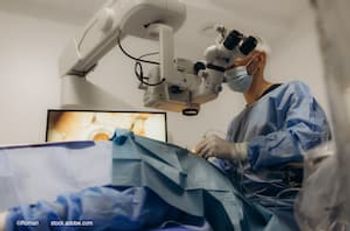
Alex Hacopian, MD, highlights how a recent ambispective study demonstrated strong visual acuity outcomes and patient satisfaction following bilateral implantation of an advanced presbyopia-correcting intraocular lens.
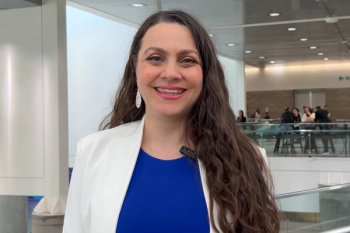
Lisa Nijm, MD, says preoperative osmolarity testing can help clinicians manage patient expectations and improve surgical results.
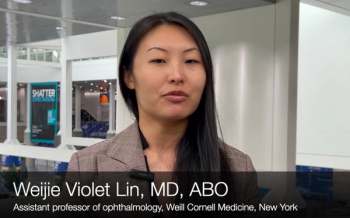
The retrospective study assessed corneal cross-linking complications at Wills Eye Hospital from 2018 to 2023.
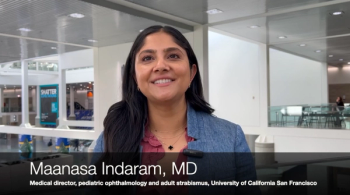
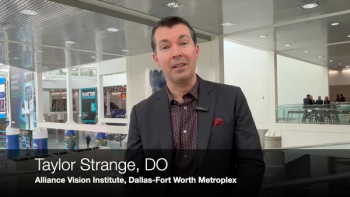
Use of the LENSAR Ally femtosecond laser for arcuate incisions was associated with improved early visual outcomes and reduced need for postoperative adjustments in premium IOL patients.
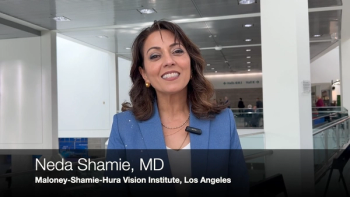
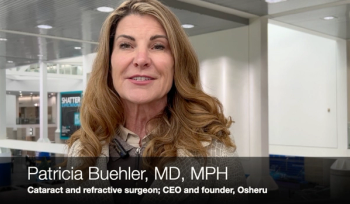
Patricia Buehler, MD, MPH, presented a poster and two patient films at the ASCRS annual meeting, focused on minimally-invasive blepharoplasty device Ziplyft (Osheru).

AI’s use in diagnostic tools, surgical guidance, and its ethical considerations in ophthalmology are transforming the field